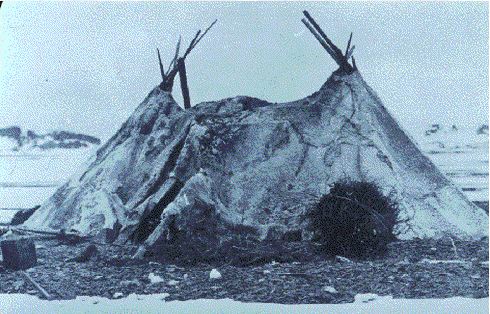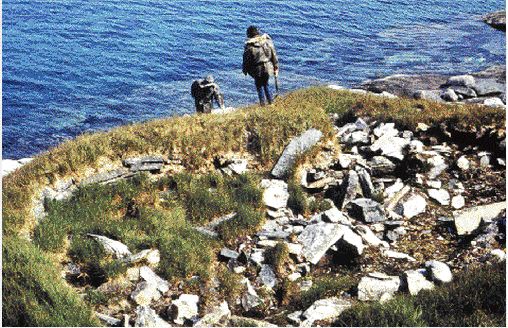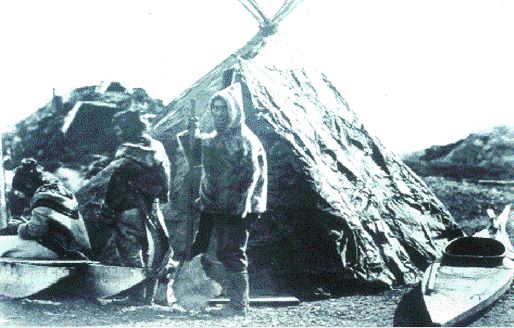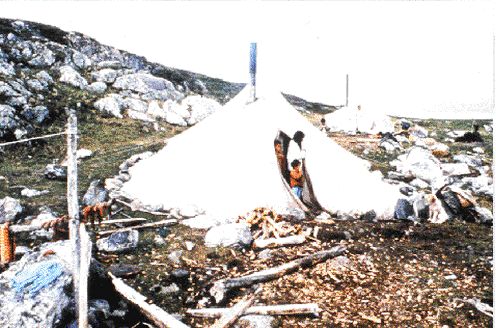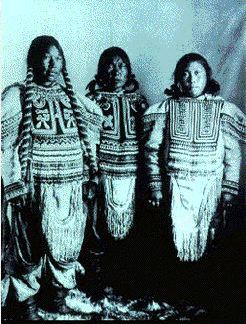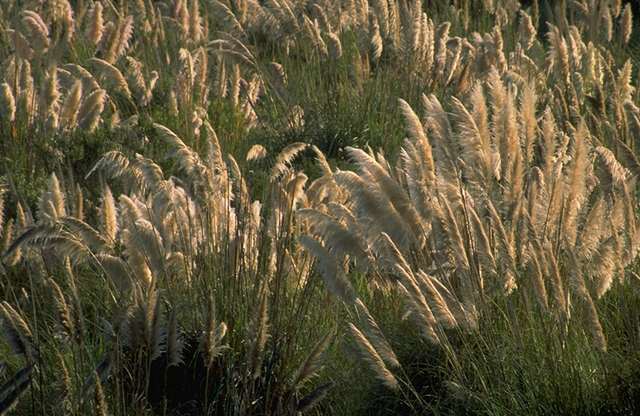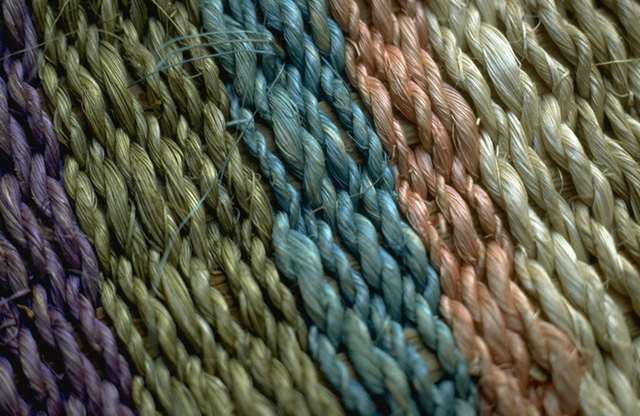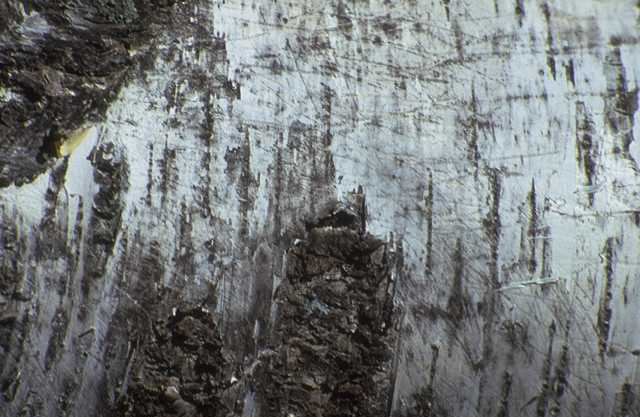People of both the land and sea have used marks since ancient times. They created or observed signposts which would make future journeys along known routes simpler, safer or more meaningful. Marks in our culture today, include scarecrows, traffic lights and statues; each one brings us a particular message.
The Inuit called their marks Inukshuk, which means "thing that can act in the place of a human being."
Some of the important messages that these placed stones could mean were:
- Showing the way to travelers;
- Warning of dangerous places;
- Showing where food was stored (especially when covered with snow);
- Showing where an important event had happened, so that people would be respectful;
- To help hunt caribou;
- To act as a message centre.
Inukshuk, in a sense, embody the art of using local materials. Each stone is carefully chosen and placed so that its message will be clear and will endure the harsh climate of the north.
The message intended by an Inukshuk is largely determined by its shape. We often think of them taking human form, but there are others built with sighting holes to give direction; or in another case, many small piles of two or three rocks would be disguised with long bits of heather to act as scarecrows to herd caribou towards waiting hunters.
Tent Rings are the footprint of where a camp once stood. Inukshuk point the way to these sites, and travelers use the stones to build their own shelters.
Shadows of those who came before, help shape the new structures and offer solace through a kind of removed kinship and sense of community which transcends space and time.
This small Inukshuk, Quviasuktuq, is an Inuksuk Expressing Joy.
Reference: Norman Hallendy, The Silent Messengers & Mary
Wallace, The Inukshuk.
